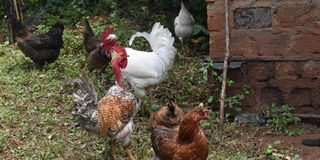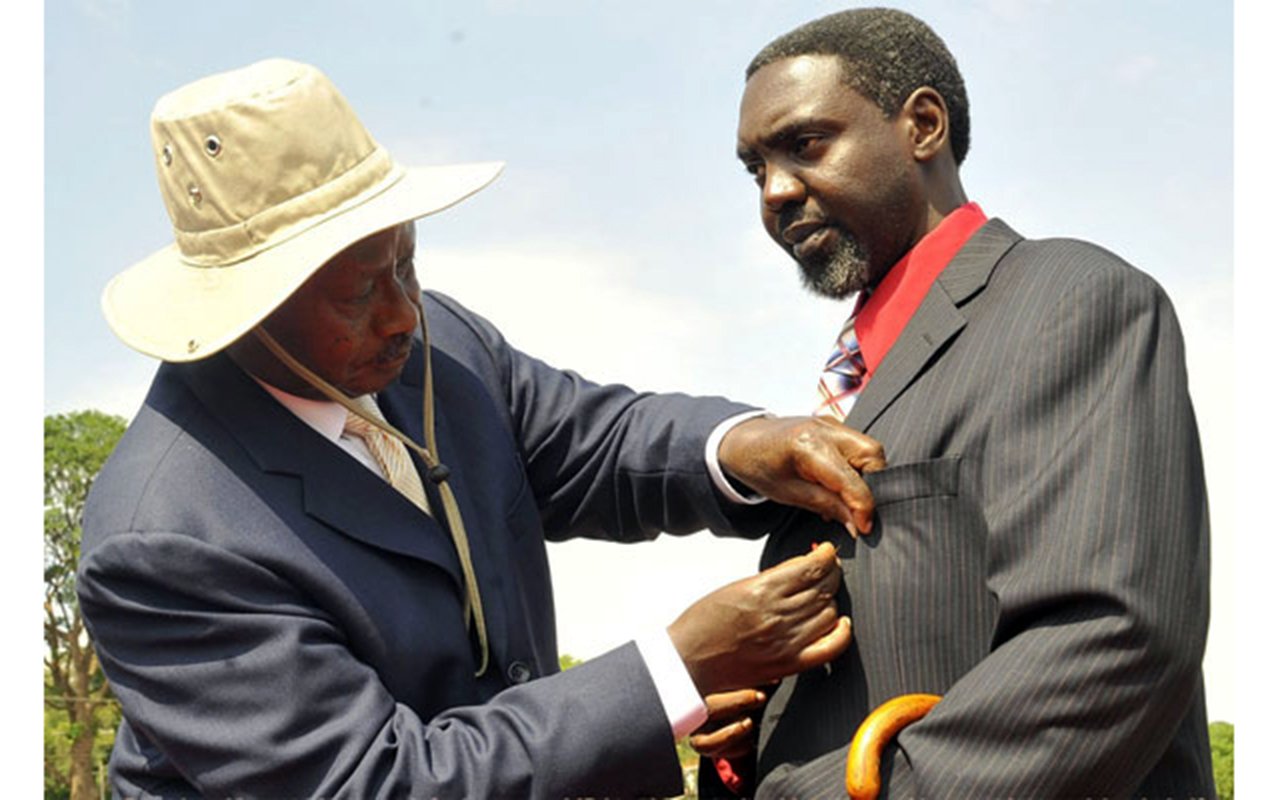Local chicken to produce more

What you need to know:
Farmers will be expected to adopt husbandry practices of the farmers in terms of vaccination, disease control, feeding and housing so that the birds are in a better environment to replicate the production that has been achieved on station.
Farmers located in regions where breeding of local chicken species is ongoing are set to benefit from improved local breeds in a bid to increase their production rate. In a study conducted by agricultural scientists at Makerere College of Agriculture and Environmental Sciences, it has been discovered that indigenous hens tend to lay between 10 and 15 eggs each during laying period. This is because in a year they may lay eggs three times or less totalling to between 35-40 eggs and the rest of the time is spent in incubating the eggs to hatch.
“One of the main challenges of producing local chickens generally is that, a hen lays 10-15 eggs and it takes a period of three weeks to incubate before hatching the eggs. Thereafter the hen spends another six weeks looking after the chicks and this retards its egg reproduction ability,” says Dr Donald Kugonza Rugasira from CAES.
However the scientists are altering this trend by breeding hens purposely to lay eggs which are incubated using artificial incubator for purposes of increasing the production of local chicken across the country.
The technology
Speaking to Seeds of Gold, Dr Kugonza who is the key innovator explained that the purpose of this initiative is to breed local chicken which are able to grow in a shorter period of time in order to eliminate the possibility of the species getting extinct.
The exercise began as a project to be carried out by scientists in Uganda in collaboration with their counterparts in Mozambique funded by African Union.
This was meant to purchase local eggs from farmers across all the regions in the country for purposes of acquisition of different species of local chicken reared by farmers in Uganda.
The team managed to purchase 2,000 eggs across the country each costing between Shs500 and Shs1, 000
“We have collected 2,000 eggs from 40 districts which we incubated at Makerere University Agricultural Research Institute (MUARIK) in Kabanyolo. We hatched them and we have evaluated the growth and egg production of the chick,” said Kugonza.
Feeding mechanism
Prof Maurice Agaba explained that one of the task is to understand and improve on what feed meals to enable adequate growth and egg production. The team is studying the available feed resources which include the grass species that can be consumed by local chicken and the usual feed which include mixture of maize bran, soybean cake and dry ratio such as millet, sorghum, simsim seed among others.
This is because a mix of all the feed available will lead to faster growth of the chicken leading to quality chicken meat and increased egg production.
The scientists were able to purchase a locally made incubator by a company called Butenga Framers located in Mukono at a fee of Shs4.5m.
Genetic makeup
The experts contend that in Uganda there are various species of local chicken that are not documented.
The team collected blood samples of chicken from the various regions in the country to ascertain their genetic makeup for documentation purposes.
According to the team some local chicken grow faster and others may take about nine months and end up weighing less Some grow shorter and others are giants.
However the scientists are now selecting the best breeds which are able to weigh between one and two kilogrammes and capable of laying 40-45 eggs per annum per chicken.
The target is for each hen to produce 100 eggs per annum.
The idea is that, when you have a better bird you do not have to keep them completely under free range. You can brood them for a period and release them.
Process of hen selection
Out of the total 1000 hens bred, Kugonza and team selected 40 as the best breed with potential of producing 100 eggs per year.
The team has also selected 40 cocks with good growth rate which are kept in a confined breeding place but eventually will be released to be reared as free range. The experts contend that once a cock has fertilised the hen over a period of time they are made to live together, the hen is capable of laying fertile eggs after withdrawal of the cock from its peripheries.
Farmers will be expected to adopt husbandry practices of the farmers in terms of vaccination, disease control, feeding and housing so that the birds are in a better environment to replicate the production that has been achieved on station.
Moses Kahwa, an agricultural at CAES explains that what is important to note is that local hens can still lay fertile eggs after two weeks’ withdrawal of the cocks and the eggs can be hatched in an incubator.
“I am looking at the longevity of fertility with the hens especially after they have mated with the cock. The ratio is 1 cock to 10 hens which are left to free range for at least two weeks. After removing those cocks, we keep collecting those eggs, take them to the incubator. We have proved that the eggs can hatch appropriately,”




